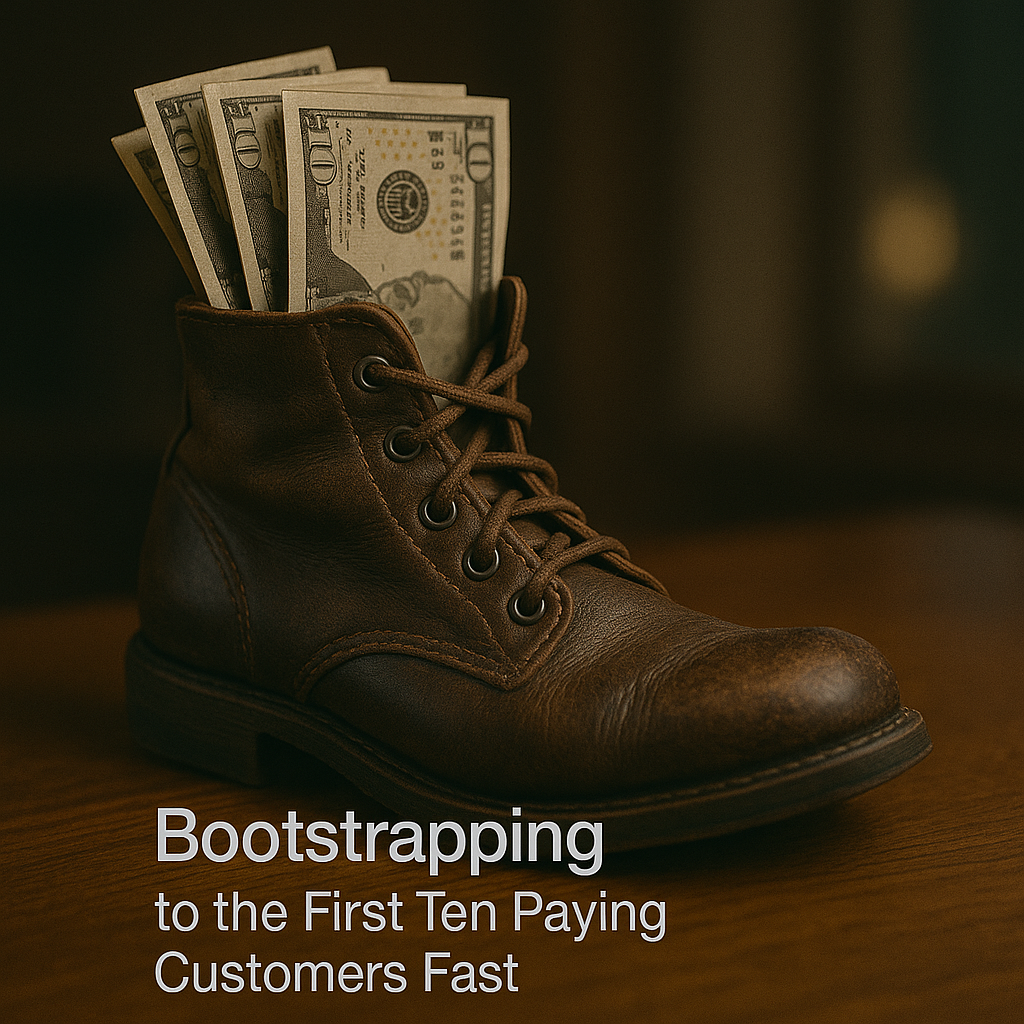Every small business owner and entrepreneur knows the value of reliable data when planning for growth and navigating unpredictable market conditions. With technology transforming the competitive landscape, many are turning to sales tracking CRM tools to sharpen their forecasting strategies. These systems not only streamline customer interaction management but also convert intuition into actionable insights. The real challenge is understanding exactly how CRM tools improve forecasting accuracy and recognizing the profound benefits they offer for strategic business planning.
The Role of CRM Tools in Sales Forecasting
In today’s data-driven business environment, sales tracking CRM tools have evolved far beyond contact management. They now serve as comprehensive forecasting solutions that consolidate customer data, sales opportunities, and historical trends into one powerful platform. This integration offers insights that traditional forecasting methods simply cannot achieve.
Business owners looking to improve sales forecasting accuracy with CRM tools will find that these systems aggregate data from every stage of the customer journey. By merging communication histories, transaction records, and behavior analysis, they create a panoramic view that predicts future trends, identifies potential bottlenecks, and supports proactive, realistic strategies.
Data Aggregation and Its Impact
Accurate forecasting is built on reliable data, and sales tracking CRM systems provide a centralized platform for diverse data streams. This unified approach eliminates the problems associated with scattered datasets and ensures consistent metrics throughout the organization.
One of the key benefits of using CRM systems is their ability to track historical sales trends and detect repeating patterns. When seasonal fluctuations or cyclical buying behaviors are identified through detailed analytics, small business owners can adjust inventory levels, design targeted marketing campaigns, and optimize staffing based on clear customer expectations.
Additionally, these tools allow businesses to segment customers by buying behavior, demographics, or previous interactions, resulting in more precise forecasting models that capture subtle nuances often missed through manual analysis.
Enhancing Forecasting Accuracy with Real-Time Data
Modern CRM tools offer real-time data integration, providing an up-to-the-minute view of your sales landscape. This immediacy not only boosts forecasting accuracy but also empowers businesses to quickly respond to market shifts.
Real-time analytics enable companies to act immediately when potential issues arise. For instance, if a particular product sees a sudden rise in demand, an effective CRM system will alert relevant teams instantly. This proactive strategy allows businesses to adjust forecasts dynamically, ensuring they remain agile in today’s fast-paced markets.
By continuously updating information, CRM systems help avoid reliance on outdated assumptions, reduce risk, and offer a current snapshot of potential performance—enabling optimal resource alignment with anticipated demand.
The Integration of Advanced Analytics
As companies grow, managing large volumes of data becomes challenging. Advanced analytics embedded in sales tracking CRM tools are essential for translating historical data into accurate future projections. Many platforms now incorporate machine learning algorithms and predictive analytics that reliably forecast upcoming trends.
These powerful features allow business owners to uncover subtle trends and correlations that manual reviews might overlook. For example, by analyzing purchase histories, CRM systems can forecast customer lifetime value, as well as identify cross-selling and upselling opportunities, which ultimately refines forecasting accuracy.
Data visualization tools, such as trend lines and performance heatmaps, simplify complex data sets and help entrepreneurs quickly spot emerging patterns, enabling informed and timely decisions.
Streamlining Communication and Decision-Making
Sales tracking CRM tools also streamline internal communications by providing a single data dashboard accessible by all departments—from sales and marketing to finance. This transparency simplifies decision-making and ensures that everyone is aligned with the same insights.
Effective forecasting is about more than just numbers; it’s about creating a seamless flow of information. A single source of truth minimizes miscommunication and conflicting priorities, enabling businesses to act decisively based on forecast insights. For additional insights on streamlining operations and enhancing business communication, you might explore more on streamlined operations.
Collaboration is further enhanced when teams can easily share insights, discuss data anomalies, and adjust plans collectively. In a competitive market where rapid, informed decisions are crucial, this unified communication can be a game changer.
For example, companies seeking comprehensive business insights can see how integrated CRM systems have transformed operational planning. Renowned publications like Forbes have featured case studies where leveraging CRM data led to streamlined operations and impressive growth.
By breaking down departmental silos, sales tracking CRM systems improve forecasting accuracy through better communication. When all team members are aware of the challenges and opportunities, a collective and agile response to market trends becomes possible.
Moreover, these systems help pinpoint training and resource needs. If a CRM system highlights a performance gap or a new trend, decision-makers can quickly reallocate resources to capitalize on emerging opportunities, reducing costs and enhancing customer satisfaction.
Integrating your CRM with other business tools—such as marketing automation, e-commerce platforms, or accounting software—creates an ecosystem where every component supports refined forecasting. Resources like Make Business offer additional guidance on optimizing internal processes, ensuring that your CRM system supports both accurate forecasting and sustained growth.
High-quality forecasting is crucial not only for planning promotions or resource allocation but also for long-term strategic success. A reliable forecast helps businesses secure funding, plan expansion, and maintain competitiveness even as market conditions evolve.
In the era of digital transformation, adapting to new methods is no longer optional—it’s essential for survival. By embracing modern CRM tools, companies can transform their forecasting approach and secure a competitive edge through streamlined operations, enhanced customer satisfaction, and improved bottom-line performance.
While historical sales trends have traditionally driven decision-making, the future belongs to proactive forecasting. CRM systems that blend advanced analytics, real-time data, and integrated communication channels offer a complete solution: a trusted historical perspective combined with current insights. Entrepreneurs who leverage these tools are not merely keeping pace—they are setting the pace.
In today’s digital age, every customer interaction provides valuable data, and every transaction contributes to a broader understanding. Converting this wealth of information into a competitive advantage is key. By embracing smart data management, timely insights, and unified communication strategies, sales tracking CRM tools become an indispensable ally on the journey to business success.
Whether you’re launching a startup or growing an established small business, consider how you can harness your CRM system to drive your business forward. Recognize the potential of these intelligent tools to keep your operations agile, informed, and ready to meet the challenges of the modern market.
- Centralizes customer data to enhance overall forecasting accuracy.
- Delivers real-time analytics to quickly adapt to emerging trends.
- Improves cross-departmental decision-making with integrated communication.
- Utilizes advanced analytics and predictive features for proactive planning.









